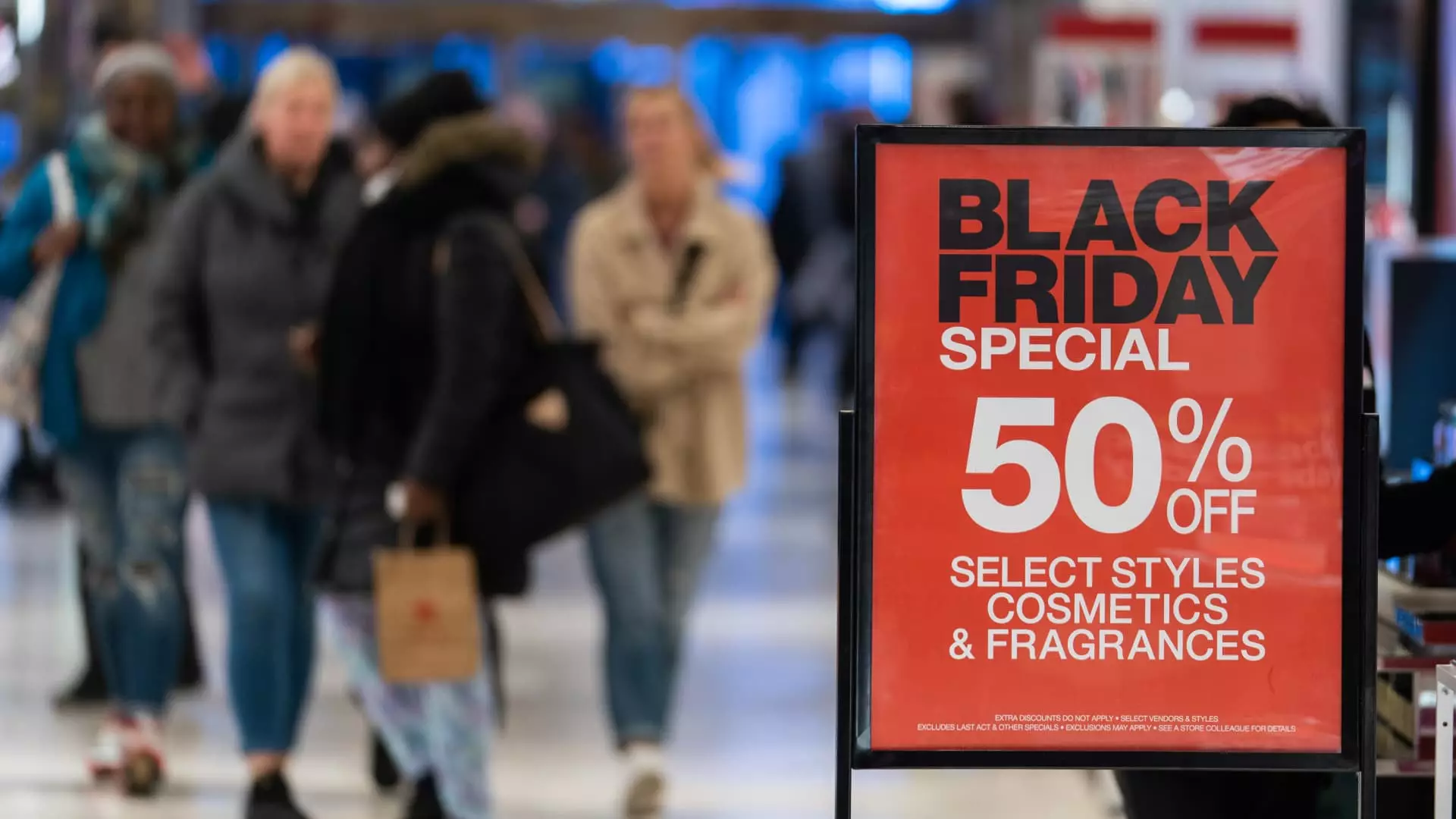The holiday shopping season, which kicks off with Thanksgiving and wraps up with Cyber Monday, has become synonymous with frenzied consumption. According to the National Retail Federation, these five days are typically among the busiest shopping periods of the year. As we move toward the 2023 holiday season, predictions suggest an unprecedented number of consumers will be hitting stores and browsing online. However, as enticing as these shopping days may appear, shoppers may not always score the best deals.
A report by WalletHub brings a surprising revelation to light: approximately 35% of the merchandise available during Black Friday lacks substantial discounts compared to their pre-sale prices. This statistic has raised concerns about the transparency of retailers’ pricing strategies, with many experts indicating that retailers may inflate original prices to give the illusion of significant savings. Consumer savings expert Andrea Woroch notes that some deals being advertised may not deliver the value they promise, complicating the shopping landscape for consumers eager to take advantage of the sales.
Amidst this backdrop, there is an increasing sentiment that the distinctiveness of shopping events like Black Friday has diminished over time. Adam Davis, the managing director at Wells Fargo Retail Finance, points out that retailers are compelled to stretch their promotional periods, particularly with a shorter window between Thanksgiving and Christmas expected in 2024. This scenario further intensifies the drive for retailers to launch promotions early in the season, potentially leading to subpar discount offers.
Consumers are also facing heightened concerns over delivery times, particularly when ordering online. As DHL’s new North American CEO, Patrick Kelleher, highlighted, the volume of holiday orders poses a logistical challenge for shipping companies. The current labor shortage exacerbates these issues, with fewer workers available to ensure timely delivery of packages. This year’s holiday season might see delays similar to or worse than previous years, further complicating the shopping experience.
The traditional notion that online shopping equates to immediate gratification is becoming increasingly tenuous. With a spate of packages in transit, delivery issues such as damage, loss, or theft—including the growing concern of “porch piracy”—are legitimate risks that consumers must confront. Consequently, early shoppers may find themselves better positioned to mitigate these potential problems and secure their desired purchases in a more reliable manner.
While many markdowns are anticipated, the extent of actual savings varies widely across different retailers and product categories. For instance, discounts on premium brands such as Nike or Lululemon are likely to stay below 30%, as these companies need to protect their brand integrity. Instead, shoppers might find the best deals on seasonal clothing, electronics, and distinctive holiday gifts on Black Friday. However, certain categories, like beauty products and footwear, are typically better purchased during Cyber Monday sales, indicating the importance of timing in making strategic decisions.
For those preparing for travel, “Travel Tuesday” can yield attractive discounts on flights and accommodations. Shoppers should keep an eye on various shopping seasons, as discounts on toys often peak during the final weeks of December, while holiday decorations can typically be found at reduced prices after Christmas. Moreover, specific items like exercise equipment often see better deals during January’s “white sales,” reinforcing the idea that patience and timing can lead to greater savings.
To navigate these shopping complexities effectively, employing various price-tracking and comparison tools is highly recommended. Browser extensions like Honey or Camelizer can assist in monitoring price changes and finding applicable coupon codes. Additionally, in-store shopping can be enhanced with apps like ShopSavvy, which allows users to compare prices across different retailers, ensuring they do not overspend.
Moreover, take advantage of retailers’ price-matching policies and consider stacking discounts by combining credit card rewards, cashback offers, and coupon codes. The digital age has also made it easier to earn back from purchases; using apps like Fetch for receipt tracking can yield enough points for gift card redemptions at popular stores.
Finally, being aware of price adjustment policies can save shoppers from buyer’s remorse. Major retailers often have policies allowing customers to request price adjustments if a purchase sees a discount soon after, adding another layer of strategic planning for savvy holiday consumers.
As the holiday shopping season beckons, consumers should equip themselves with knowledge and strategies to cut through the chaos and capitalize on genuine opportunities to save, making this bustling time of year a more rewarding experience.

